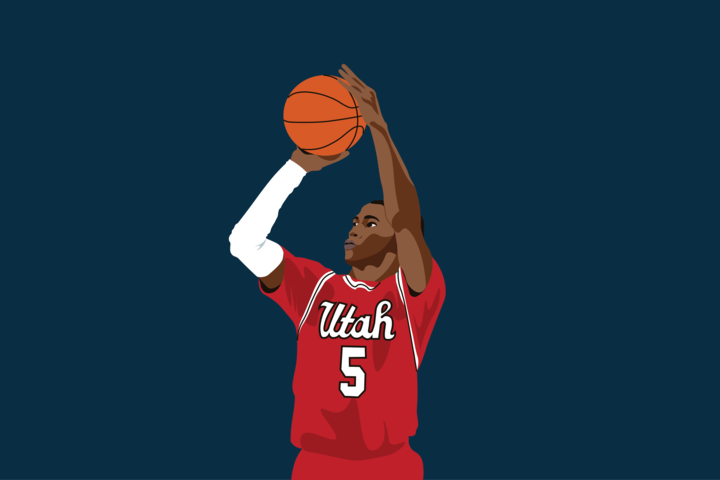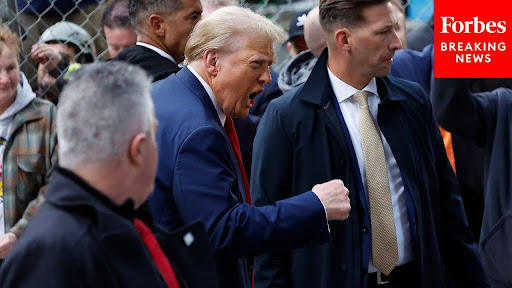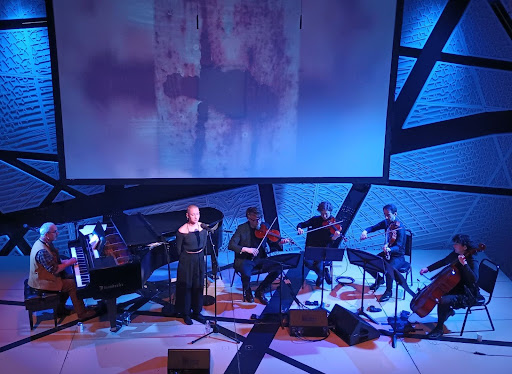Tangled Alphabets is a bizarre exhibit that has recently opened at the Museum of Modern Art and is going to be turning heads while on display from April 5 to June 15. The exhibit was put together by Latin American conceptual artists, León Ferrari and Mira Schendel. Though they created art in separate environments (Ferrari in Argentina, and Schendel in Brazil), both artists have seemed to incorporate a similar message through their work: language as a visual subject.
Part of this series is “Still Waves of Probability,” by Schendel. Made up of thousands of strands of nylon thread hanging to the floor from tiny hooks, these threads form a wafting, semi-visible shaft that could almost be mistaken for light or rain. Hanging nearby, on a sheet of clear glass is a quotation from I Kings 19 about the voice of God. Displayed close by to “Still Waves” is its opposite, Ferrari’s “Last Judgment.” Though the religious message is not forthright in Schendel’s piece, it is an early and important piece of minimalist work.
It is “Last Judgment” that is truly the gem of the whole exhibit. This large reproduction of Michelangelo’s “Last Judgment” was done in what seems as oil paint and is dotted with damp plaster. Michelangelo’s work, depicting the end of the world through the scope of a traditional Roman Catholic viewpoint, projects death through its beautifully crafted demons. In Ferrari’s interpretation this notion is expressed through his use of plaster and gentle brush strokes.
“Tangled Alphabets” is the Modern’s latest attempt to explore modernism beyond Europe and America. The exhibit has been said to be essential viewing for anyone interested in 20th-century art. Reviews from popular art curators even hail Schendel and Ferrari as “two of the most important South American artists of the 20th century.”
“Tangled Alphabets” brings together more work by Schendel and Ferrari than has been seen in a North American museum. It opens a window to a complex artistic history, an embrace of abstraction, popular culture and politics. But it is very apparent that Schendel and Ferrari represent very different values and approaches.
Ferrari is a highly extroverted artist, hitting so many different notes over the course of his career. Schendel, on the other hand, is a more consistent and introverted painter.
This exhibit encourages you to abandon many of your assumptions about postwar art in the Americas. But it leaves other things up in the air; concentrating on one artist or the other might have provided a fuller account of their achievements.
Putting them together seems to maintain a certain Minimal/Post-Minimal convention. All in all, the exhibit does great justice to the artists and the artists’ work as a whole and introduces the visitor to art like they have not seen before.

















